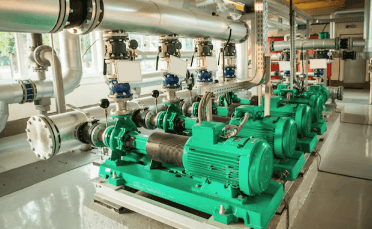Question
a.
0 to 50 V
b.
50 to 100 V
c.
200 to 300 V
d.
50 to 250 V
Posted under Analytical Instrumentation
Interact with the Community - Share Your Thoughts
Uncertain About the Answer? Seek Clarification Here.
Understand the Explanation? Include it Here.
Q. The DC ion accelerating voltage is swept from _________
Similar Questions
Explore Relevant Multiple Choice Questions (MCQs)
Q. The resolution of the Bennet tube can be improved by using which of the following?
View solution
Q. In Bennet spectrometer, the rf voltage has a fixed frequency.
View solution
Q. The spurious lines can be reduced to a minimum by using which of the following?
View solution
Q. Which of the following is the disadvantage of using three stage tubes?
View solution
Q. Which of the following is not the feature of Bennet type spectrometer?
View solution
Q. The resolving power of Bennet type spectrometer is primarily based on which of the following?
View solution
Q. Which of the following is not a feature of quadrupole mass spectrometer?
View solution
Q. Which of the following is not a component of quadrupole mass filter?
View solution
Q. The mass selection scheme uses a dc potential and not a radio frequency potential.
View solution
Q. If to one pair of electrodes one potential with one sign is applied, which of the following is applied to the other pair of electrodes?
View solution
Q. Which of the following is the heart of quadrupole instrument?
View solution
Q. Which of the following has to be done to increase the resolution of the quadrupole mass spectrometer?
View solution
Q. Which of the following does not affect the resolution of the instrument?
View solution
Q. In cases where differentiation is required between very similar substances, which of the following techniques making use of quadrupole principle is preferred?
View solution
Q. In pyrolysis spectrometry, heating is done until which of the following is reached?
View solution
Q. Which of the following is used to cool the ion source?
View solution
Q. In quadrupole mass spectrometer, the ratio u/v is mass dependent, where ‘u’ is the DC voltage and ‘v’ is the peak amplitude.
View solution
Q. When a value of q is kept constant, the value of m/e is proportional to which of the following when ‘m’ is the mass number, ‘e’ is the electric charge, ‘u’ is the DC potential, ‘v’ is the peak amplitude and ‘f’ is the frequency?
View solution
Q. Which of the following is not an ion transducer or detector?
View solution
Q. Which of the following is similar to photo multiplier transducer?
View solution
Recommended Subjects
Are you eager to expand your knowledge beyond Analytical Instrumentation? We've handpicked a range of related categories that you might find intriguing.
Click on the categories below to discover a wealth of MCQs and enrich your understanding of various subjects. Happy exploring!








